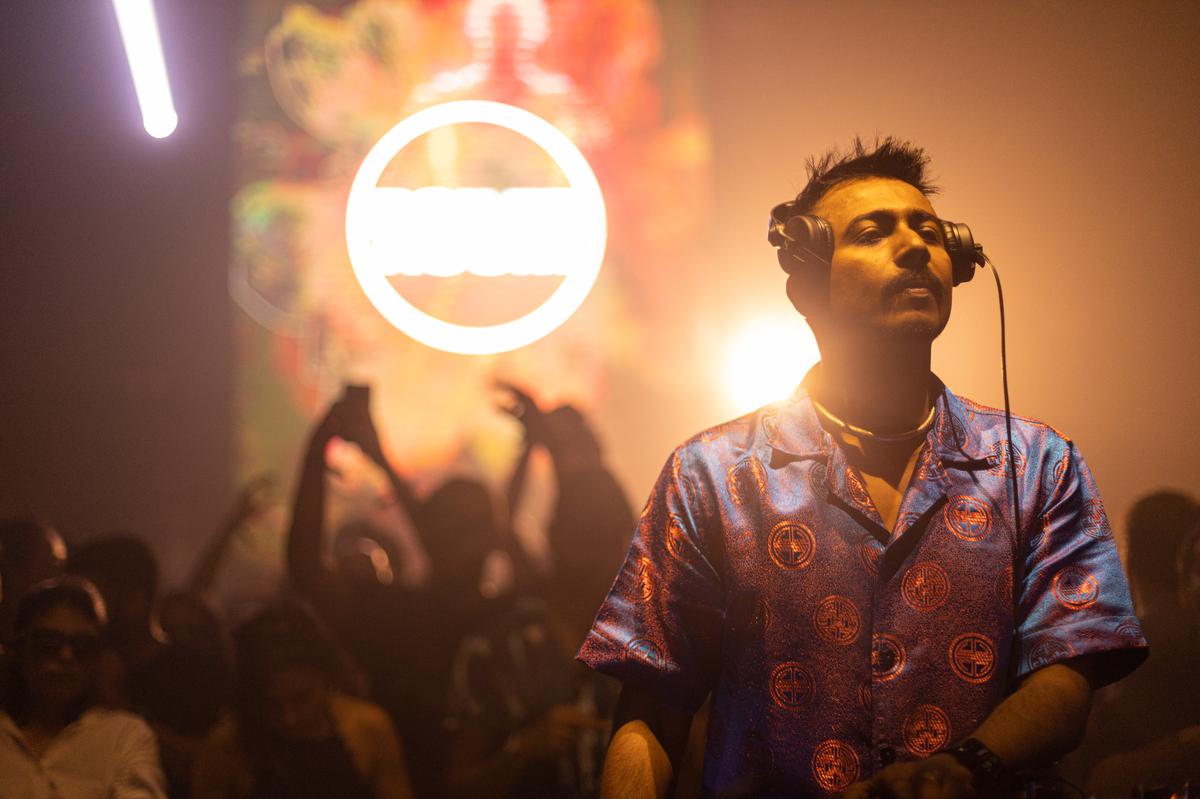Abhishek Shukla on life in the photo pit and beyond

A music photographer — as niche as it may sound — gets to travel all around the country and find himself the best view and access to artists to capture them at their passionate, primal best on stage. While it might sound like one is talking about wildlife photography, Abhishek Shukla says music photography and making concert films are a high-pressure job.
Ever since the 29-year-old went from a smartphone to trying out a friend’s DSLR camera in 2010 to getting paid for his first photography gig in 2013, it’s been a decade of being a part of an exclusive, but important field in the music industry — a photographer and videographer. This, in the face of the changing sphere of photography and content itself, such as the proliferation of high-end smartphone cameras that can arguably do the job just as well. Shukla isn’t against them as such. “I personally have used a smartphone for work or as an attendee at a gig or festival. I have been very comfortable using it and I do encourage it unless and until it does not harm and disturb the artist or the team working during the event,” he says.

Abhishek Shukla
| Photo Credit:
Special Arrangement
In an “uncontrolled environment” as seen at a concert or festival, Shukla still believes a smartphone camera cannot take over the job of a music photographer and videographer. “There are too many variables which only a trained professional can handle,” he adds. From the erstwhile Indigo Live Music Bar to The Humming Tree (where he was a full-time, in-house photographer) to events like Boiler Room, Magnetic Fields Festival and SulaFest, Shukla has been training his lens on the beating heart of live music in India.
His content company IAMASP provides after-movies performance footage, photos for concerts and music festivals to run on their own social media or disseminate to press, and at other times, the content is used for branding purposes. Safe to say, Shukla helps greatly in documenting for posterity, from behind-the-scenes buildup to discussing with artists the way they can capture rare or special moments, confetti cannon and all.
It comes with its share of challenges — if you thought musicians were underpaid through streaming loyalties, Shukla paints the picture that music photographers are not too behind when it comes to exploitative practices. There are delays in payment that have gone up to nearly a year and Shukla says budgets are often never sufficient to meet the expectations of client demands. He adds, “There are also new advances in camera technology and tech has become expensive.”
Being a gig photographer, after all, takes more than just showing up and standing in front of the stage area. It’s something Shukla ultimately enjoys at all times. He outlines his approach to covering an event. With his team atIAMASP, they conduct recces of the venue, get a final brief from their client, set up equipment and even speak to artists beforehand.
“We like to know if they have something cool that they want to do on stage which we can capture,” he says. Throughout the event, Shukla’s work ethic is such that he’s spending every two hours editing raw footage on the go, between shooting, so that he can deliver the final photos as soon as .
On a larger level, he believes a minimum wage system specially for people in creative backgrounds could be implemented to keep more photographers and videographers in the profession. “It’s so that the artist/creators do not work pro bono just for exposure,” he says.
In his own journey, Shukla says that establishing himself on the local scene got him into a wider circle of promoters, artists and brand managers, with word of mouth also helping him expand his business. It also helped him make the decision to get into artist management, when he met Shiva Manvi at a gig he was shooting.
Shukla likens artist management to be similar to the work he was doing for his content agency, in terms of negotiating deals and programming events and venues.
His advice for younger photographers working at concerts is to simply be humble and “give 200% in your work.” Shukla adds, “I see this new wave of photographers who are just doing this without knowing the rules of engagement towards work. No, it is not a niche space anymore. There is a lot more room now, as we say ‘content is king’, but we need to educate them on how to use it.”
IAMASP’s Favourite Milestones
– My first concert was experience was David Guetta in 2012. I was assistant to the DOP, interviewing the artiste and the attendees. The SFX, the music, the vibe — I was speechless.
– Ladakh Project by Sickflip, my first audio-visual content experience.
– Skrillex at The Humming Tree, just having one-on-one conversations with Sonny Moore.
– Magnetic Fields has been home to me for years. I love shooting this festival and it has given me a lot of love and respect.
– FKJ at Echoes of Earth
– First time I ever shot Shiva (my artist), which is when he and I bonded.

